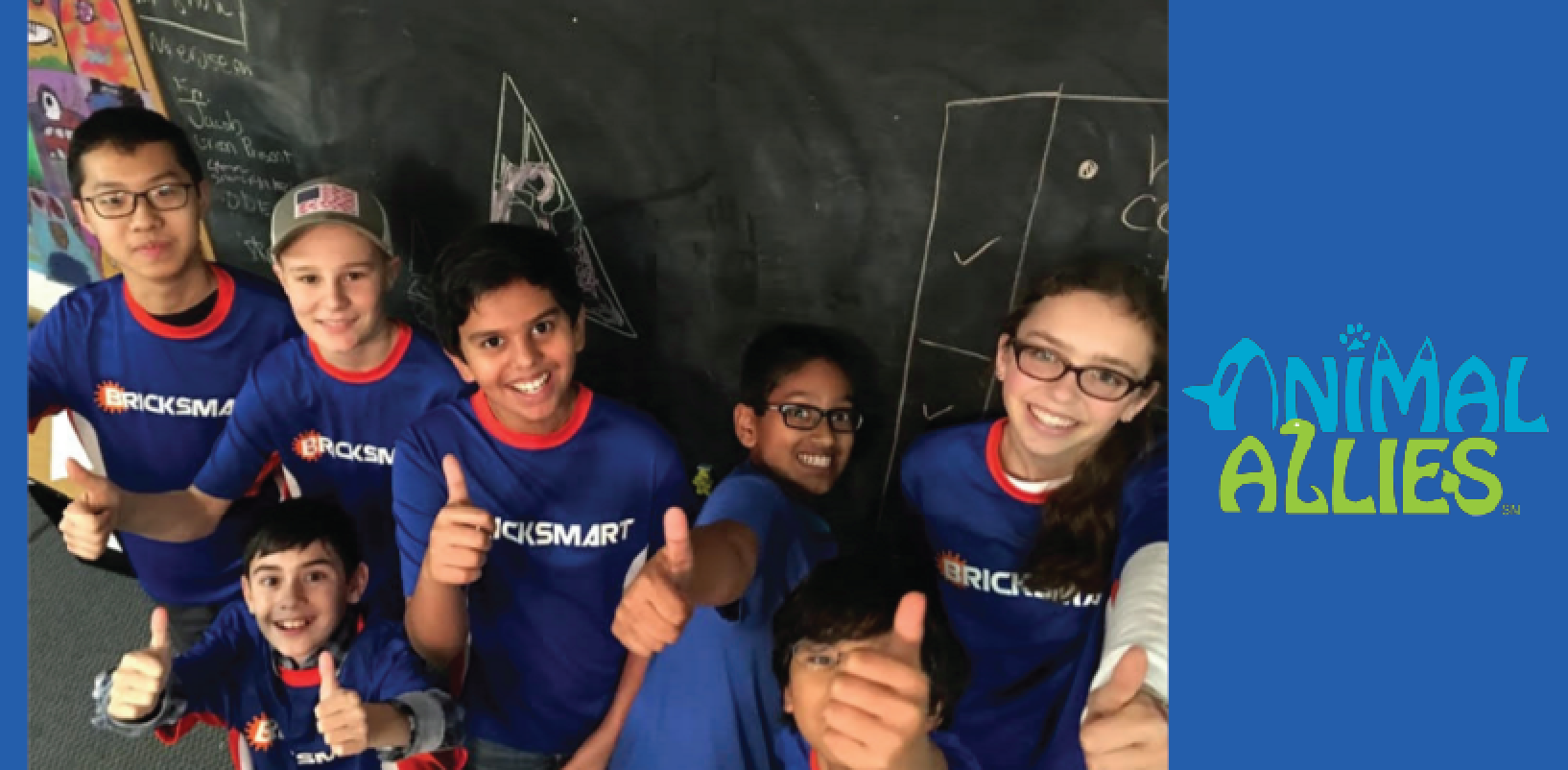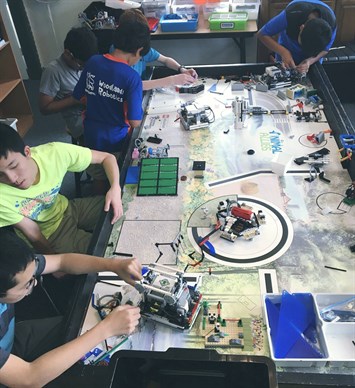
Dr. Sharath Girimaji, a professor in the Department of Ocean Engineering at Texas A&M University, is helping mentor a team of seven students, ages 10 to 14, from the Houston area to solve a problem concerning the interactions of people and animals through the “For Inspiration and Recognition of Science and Technology (FIRST) LEGO League program.
Coaches Janice Yoo and Katie Kelley, owner of Woodlands Robotics, lead the team of students, BrickSmart, from The Woodlands, Texas, who have chosen to focus their project on the issue of boat propellers harming animals under the water.
“They were very interested in ocean animals and started looking into problems associated with them, and found how impactful boat propellers can be to animals through physical impact, noise, pollution, as well as turbulence, and how it also impacted many different species from the bottom of the food chain up to a whale,” Kelley said.
With hours of initial research, and visits to Texas A&M University at Galveston and the National Oceanic and Atmospheric Administration’s (NOAA) National Marine Fisheries Service Sea Turtle Laboratory in Galveston, the team began looking at three solutions to the boat propeller problem.
“That’s where Texas A&M has been very helpful in talking with the kids and trying to brainstorm,” Kelley said.
 The team contacted Girimaji, the Wofford Cain Chair II and department head in the ocean engineering department, who was already working on the same problem at a theoretical level with his students.
The team contacted Girimaji, the Wofford Cain Chair II and department head in the ocean engineering department, who was already working on the same problem at a theoretical level with his students.
“Our kids had already started working on prototypes, and he invited us up to show him what we already had,” Yoo said. “He was incredibly moving and insightful, and the kids walked away completely blown away. They became focused on the Dyson bladeless fan and started looking at how that could work in water.”
BrickSmart returned home energized and with a deeper level of understanding of how the water is different from the air, why the Dyson fan concept could work and reasons their other ideas were not as promising. They soon developed a working prototype and were invited by Girimaji to demonstrate it at the Offshore Technology Research Center in College Station.
“Requests for help such as the one BrickSmart sent are not uncommon,” Girimaji said. “However, I saw something different with this group that really excited me. That difference was their initiative to learn everything they could before coming to me. Their determination inspired me to help them and hopefully support their road to solving this animal/human interaction problem.”
“We demonstrated our prototype for a group of graduate students there and showed them how little turbulence there was,” Yoo said. “They gave us some more advice and the kids were excited about that.”
There are 29,000 FIRST LEGO League teams across the world. BrickSmart has competed in two competitions thus far, earning the “champion” title in each. The two top teams out of a total of 236 from the Houston area will compete at the FIRST World Festival in April. Here, 109 teams from all over the world will compete.
“World Festival will have about 19,000 kids pushing robots all over Houston,” Kelley said. “NASA is usually there with their cars. Will.i.am. from the Black Eyed Peas has attended in the past as well.”
BrickSmart was also invited to submit a proposal to Global Innovation, a separate competition through the FIRST program. If selected, the team could be one of the top 20 teams to go to Washington, D.C., and potentially win XPRIZE money to further develop their solutions while learning about the patent process from the U.S. Patent Office.
Beyond the competition, the students have realized their potential in pursuing a college degree due to the interaction with Girimaji and students in the ocean engineering department.
 “One of our students who may or may not have thought about going to college in the future finally feels like he has met people who understand him,” Kelley said. “The competition is great, but getting them on campus and thinking about those kinds of things is also very important.”
“One of our students who may or may not have thought about going to college in the future finally feels like he has met people who understand him,” Kelley said. “The competition is great, but getting them on campus and thinking about those kinds of things is also very important.”
FIRST promotes science, technology, engineering and math (STEM) fields for kids ages 6 to 18 through exciting competitions with applications in various fields. Teams are expected to design, build and program robots using LEGO MINDSTORMS technology, then compete against thousands of other teams on a table-top playing field.
“Dean Kaman and others developed the FIRST program to get young people not only excited about STEM, but the events themselves are meant to sort of raise a STEM kid to the level of a basketball star,” Kelley said.
“This is what makes these kids tick,” Yoo said. “This is what they enjoy.”